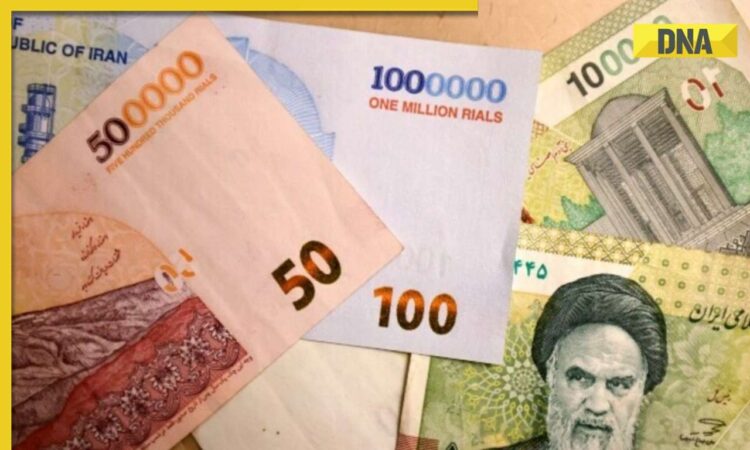
The Iranian parliament has passed a historic bill to remove four zeros from the country’s currency, the rial. This move aims to simplify financial transactions and bring about a degree of stability to the economy. The new policy will see 10,000 old rials being equivalent to one new rial. While it may seem like a simple numerical adjustment, this decision is rooted in the country’s struggle with high inflation and economic woes.
The Iranian parliament has passed a historic bill to remove four zeros from the country’s currency, the rial. This move aims to simplify financial transactions and bring about a degree of stability to the economy. The new policy will see 10,000 old rials being equivalent to one new rial. While it may seem like a simple numerical adjustment, this decision is rooted in the country’s struggle with high inflation and economic woes.
Why Iran is removing 4 zeros from its currency?
The Iranian rial has been facing significant challenges since the 1979 Islamic Revolution. The currency has lost substantial value over the years, with one US dollar now equivalent to approximately 1,150,000 rials. This has led to a situation where even everyday transactions require large amounts of money, with people needing to count millions of rials to purchase basic goods. The high denomination notes have become a symbol of the country’s economic struggles.
Inflation and economic sanctions
Iran’s economy has been grappling with high inflation rates, often hovering above 35%. The country relies heavily on oil exports, but US-led sanctions have severely limited its ability to export oil, except to China. This has had a devastating impact on the country’s finances, leading to a sharp decline in the value of the rial. The International Monetary Fund (IMF) has highlighted the challenges facing Iran’s economy, including high inflation and a decline in oil exports.
What will be the impact of removing zeros?
According to the Iranian government, the removal of four zeros from the currency will not change the value of the rial but will simplify transactions and make it easier to manage financial dealings. The central bank will have two years to prepare for the change, followed by a three-year transition period during which both old and new notes will be in circulation. This move is expected to reduce the complexity of financial transactions and make it easier for people to conduct everyday purchases.
Several countries have implemented similar currency reforms in the past. Venezuela, for instance, removed five zeros from its currency in 2018 and again in 2021, but inflation remains a challenge. Zimbabwe also removed zeros from its currency in the 2000s, but the economy still struggles with high inflation. Turkey, on the other hand, successfully removed six zeros from its currency in 2005, which helped to stabilize the economy and reduce inflation. Brazil’s experience with the Real Plan in 1994 also brought inflation under control and stabilized the economy.
How is public reacting?
The decision to remove four zeros from the currency has sparked a mixed reaction on social media, with some people expressing skepticism about the effectiveness of the move. One user commented, “EIrani rial is cheaper than paper. 1 million rials per dollar. Central bank is planning to remove zeros.” Another user quipped, “Change the rial to ‘Iranian mist’.” These comments reflect the widespread frustration and disillusionment with the country’s economic situation.
The success of Iran’s currency reform will depend on the government’s ability to address the underlying economic issues, including high inflation and a lack of foreign investment. The removal of zeros from the currency is a cosmetic change that may provide temporary relief but will not address the fundamental challenges facing the economy. As one expert noted, “80% of people are now spending more on essential items, and their purchasing power has decreased.”




